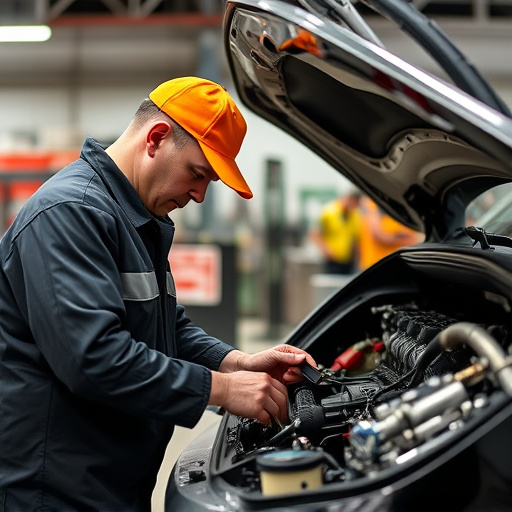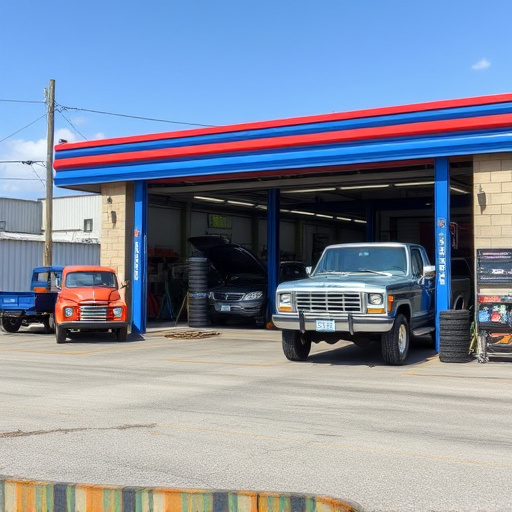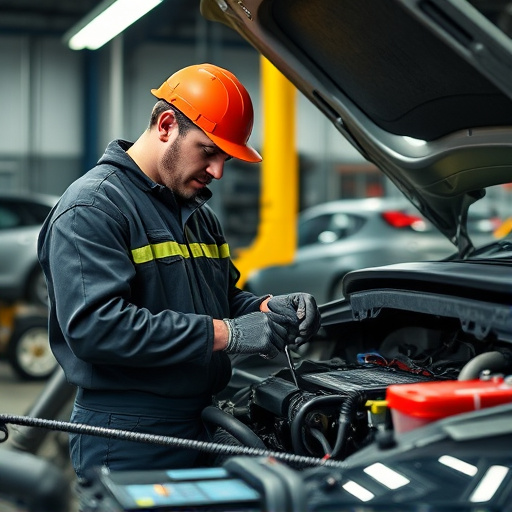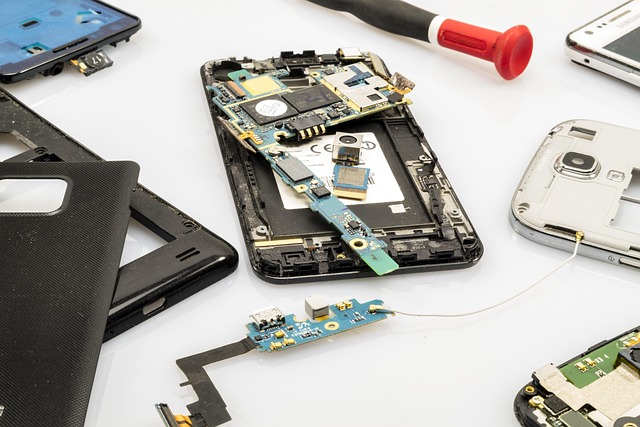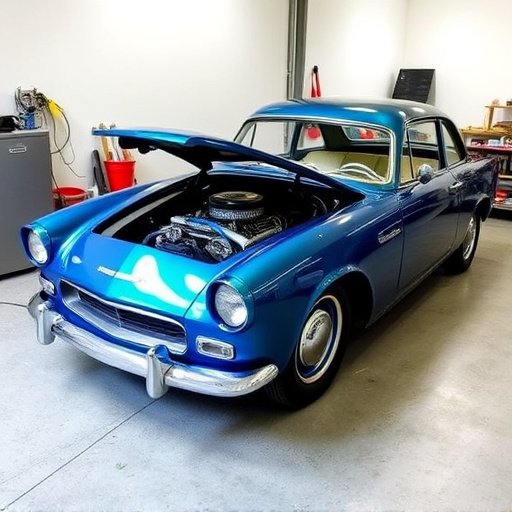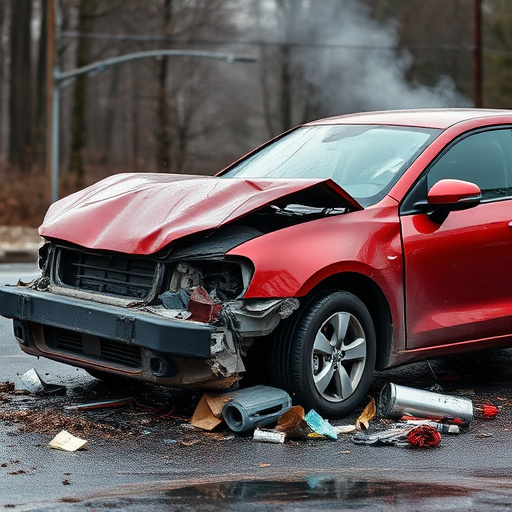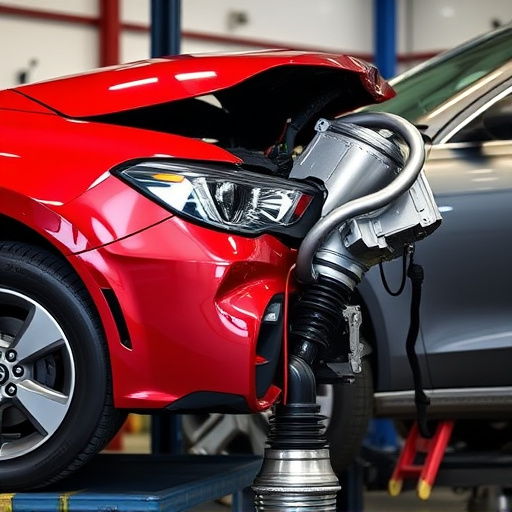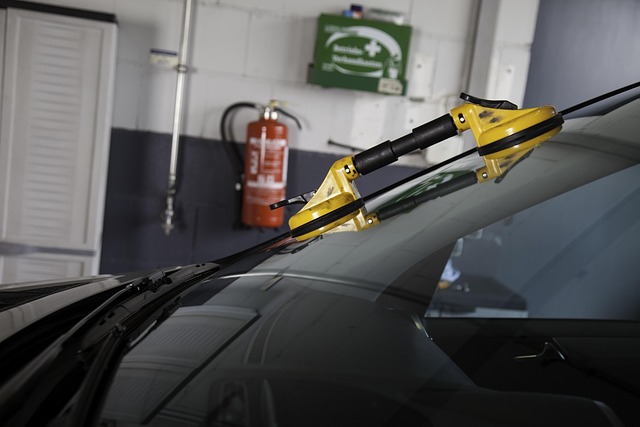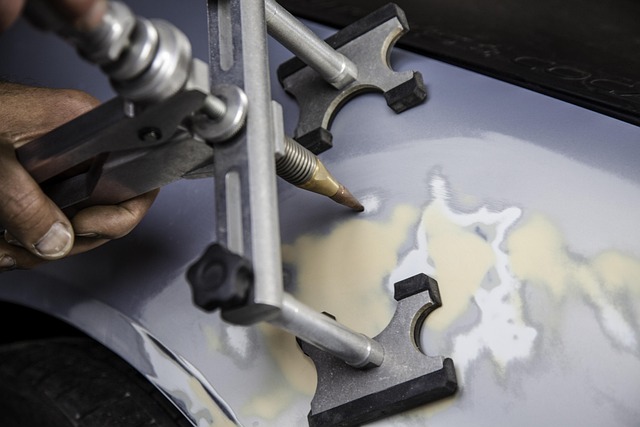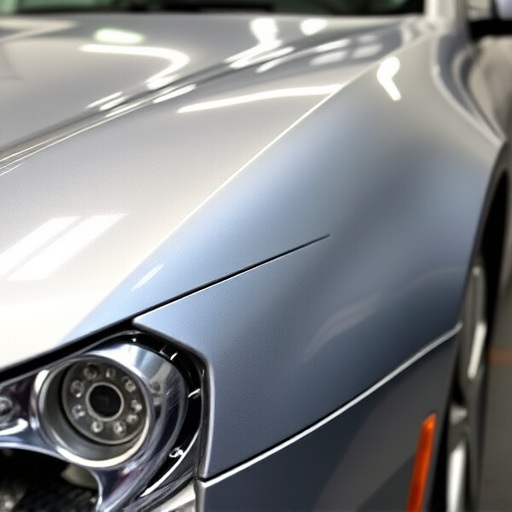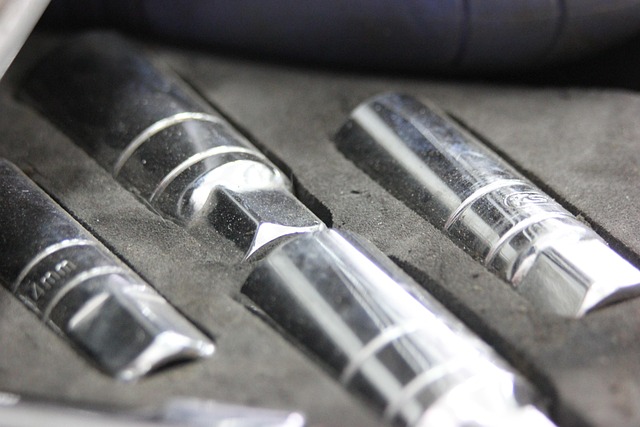Tesla carbon fiber repair involves understanding damage mechanisms and a meticulous process. Key steps include diagnosis, removal of damaged areas, surface preparation, mold-making, resin application, and reinforcement. High-quality materials, proper preparation, and surface treatment ensure structural integrity and aesthetic precision. Assess damage extent; simple issues can be repaired by professionals, while extensive damage may require sanding and precise weave matching. Apply carbon fiber repair composites in layers for a seamless finish, extending the car's stunning body panel lifespan.
“Tesla owners love their sleek, innovative designs, but even the most careful drivers can face carbon fiber damage. This comprehensive guide delves into the world of Tesla carbon fiber repair, specifically tailored for Model S, X, and Roadster vehicles. Understanding common types of damage and the repair process is crucial for restoring these iconic cars to their former glory. We’ll explore choosing the right materials and provide a step-by-step guide, empowering you to tackle repairs with confidence.”
- Understanding Tesla Carbon Fiber Damage and Repair Process
- Choosing the Right Materials for Model S, X, Roadster Restoration
- Step-by-Step Guide to Carbon Fiber Repairs for Tesla Vehicles
Understanding Tesla Carbon Fiber Damage and Repair Process
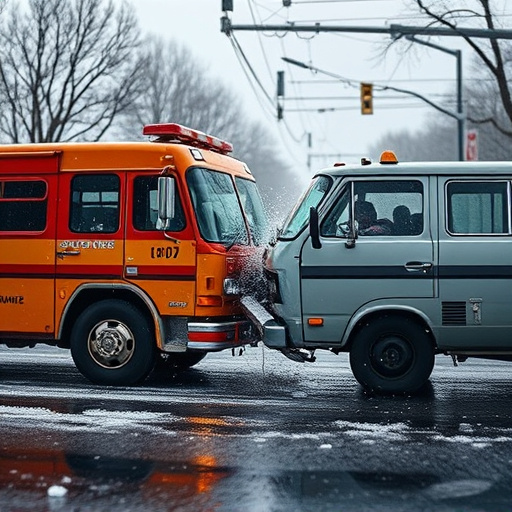
Tesla’s iconic use of carbon fiber in its Model S, X, and Roadster brings both aesthetic allure and structural strength. However, this lightweight composite material is also susceptible to damage from impact, road debris, or everyday wear-and-tear. Understanding Tesla carbon fiber repair involves grasping how these damages occur and the meticulous process involved in their rectification.
When a car experiences collision damage or exposure to harsh elements, cracks, chips, or delaminations can form within the carbon fiber layers. Auto repair services specializing in Tesla vehicles employ expert technicians who utilize advanced techniques and tools for accurate diagnosis. The repair process typically begins with careful assessment, followed by meticulous removal of damaged sections while preserving intact areas. This may involve sandblasting to ensure a clean surface, mold-making for complex shapes, and the precise application of resin to reconstruct or reinforce affected areas—all part of the broader collision damage repair spectrum. Ultimately, Tesla carbon fiber repair aims to restore the vehicle’s structural integrity, visual appeal, and light weighting benefits while preserving its unique and innovative design elements.
Choosing the Right Materials for Model S, X, Roadster Restoration

When embarking on a Tesla carbon fiber repair for Model S, X, or Roadster, selecting the right materials is paramount. Carbon fiber, renowned for its lightweight and robust nature, requires specific tools and expertise for successful restoration. For a seamless and durable outcome, opt for high-quality carbon fiber sheets and adhesives designed to match the original vehicle specifications. This ensures structural integrity and aesthetic precision, making it ideal for both modern and classic car restoration projects.
Choosing the right materials involves considering factors like color consistency with the existing body panels, thickness for strength, and finishing options that blend seamlessly into the vehicle’s design. Proper preparation and surface treatment are crucial steps to ensure adhesion and prevent future damage. With the right materials in hand, dent removal becomes more manageable, allowing you to restore your Tesla to its original gleam and performance.
Step-by-Step Guide to Carbon Fiber Repairs for Tesla Vehicles

Repairing carbon fiber damage on Tesla Model S, X, and Roadster vehicles requires a meticulous approach. Here’s a step-by-step guide to ensure the best results. First, assess the extent of the damage—inspect for cracks, chips, or dents in the carbon fiber composite panels. For minor dents and scratches, a professional dent repair service using specialized tools can restore the original look without damaging the underlying material.
If the damage is more extensive, involving cracked or broken fibers, it may require a more involved process. Remove any loose debris from the damaged area, then carefully sand and prep the surface to ensure proper adhesion for the repair compounds. Match the carbon fiber weave pattern precisely during the repair to maintain the vehicle’s aesthetic appeal. Finally, apply layers of high-quality carbon fiber repair composites, allowing each layer to cure completely before sanding and finishing for a seamless, professional result—a process that, when done right, can extend the lifespan of your Tesla’s stunning carbon fiber body panels.
Tesla carbon fiber repair is a specialized process that, when done right, can extend the life of your Model S, X, or Roadster. By understanding the damage and selecting the right materials, you can effectively restore these iconic vehicles to their former glory. Following the step-by-step guide ensures precise and durable repairs, allowing you to continue enjoying your Tesla with peace of mind. For owners seeking top-notch restoration, prioritizing quality and adhering to the right procedures is key.
